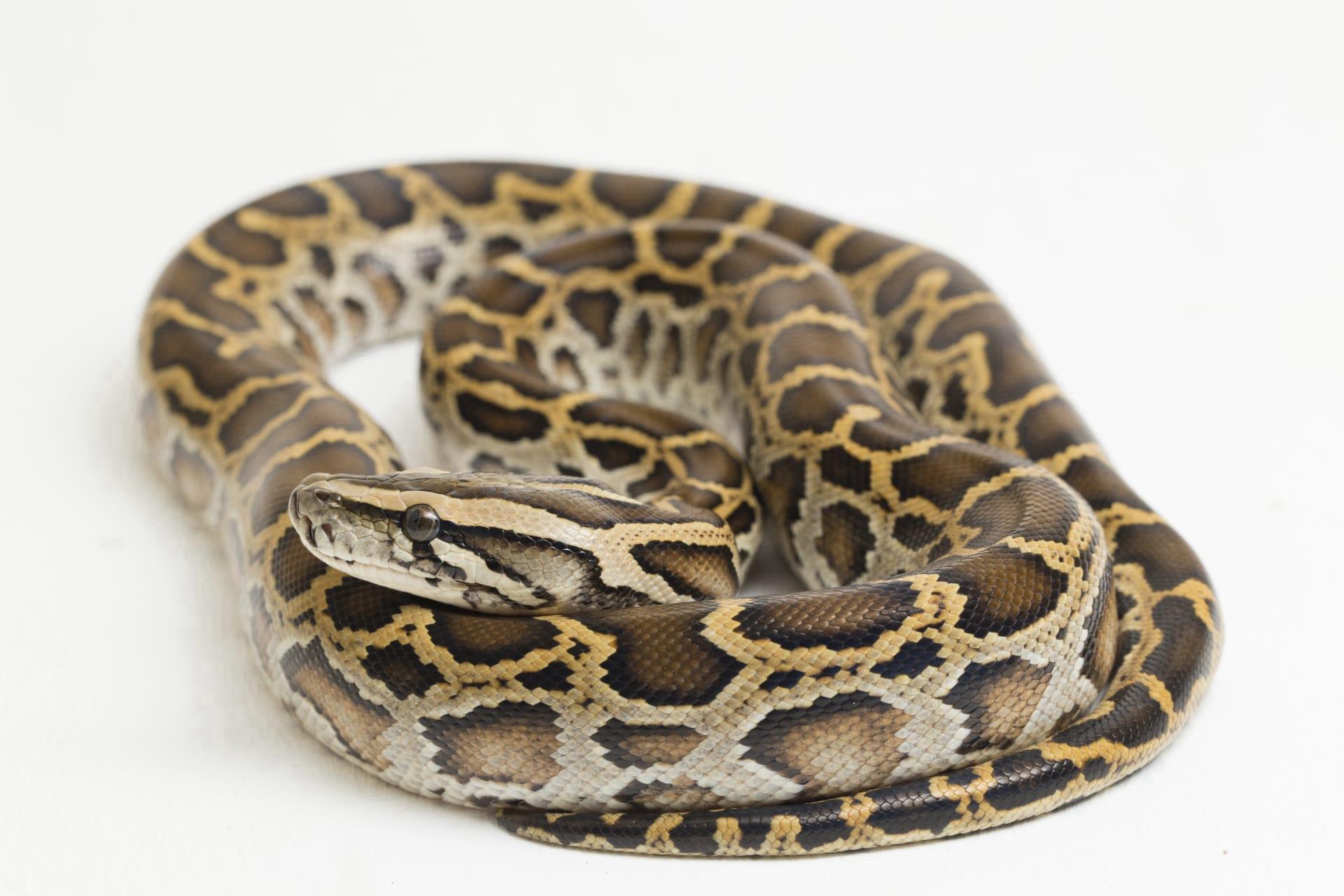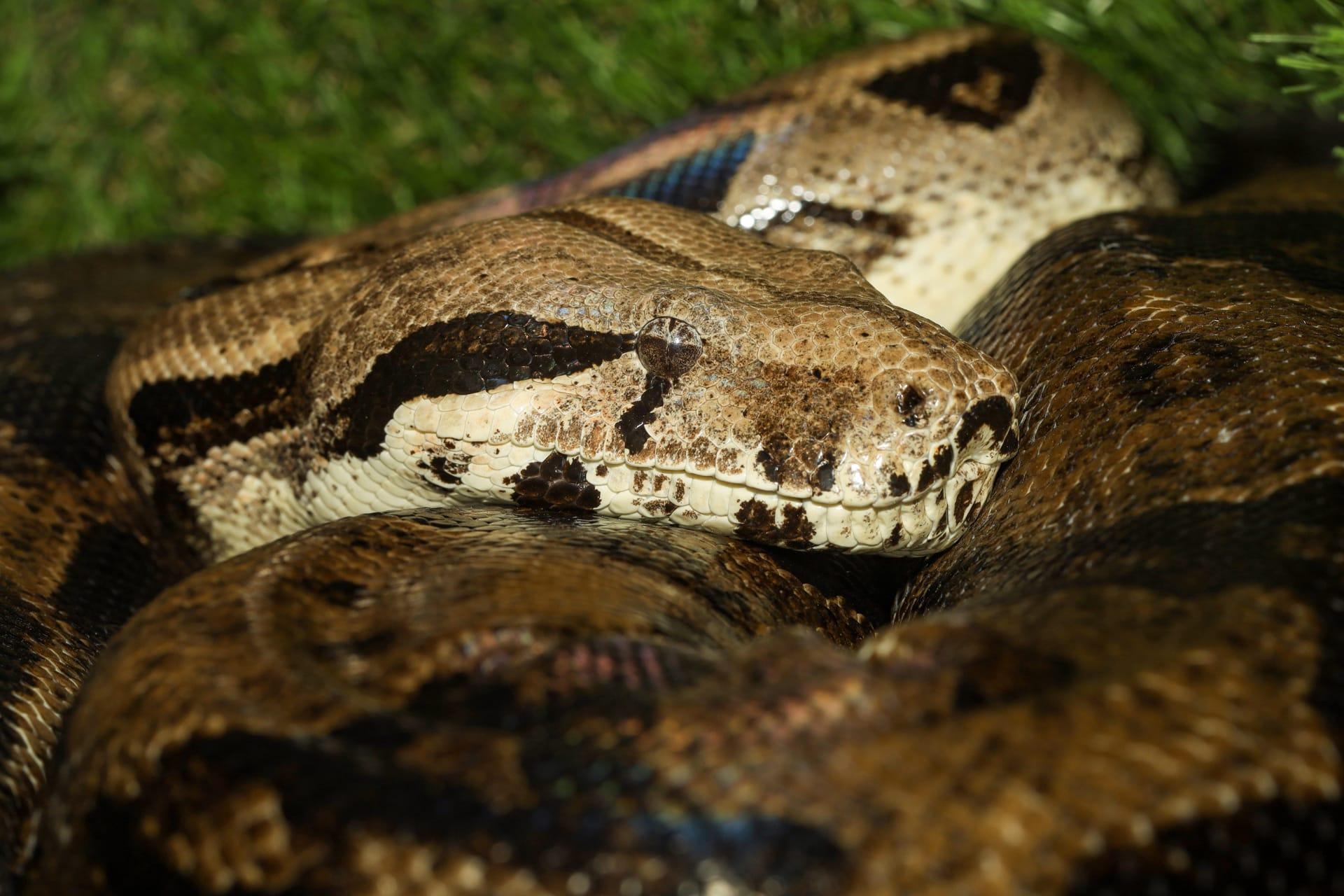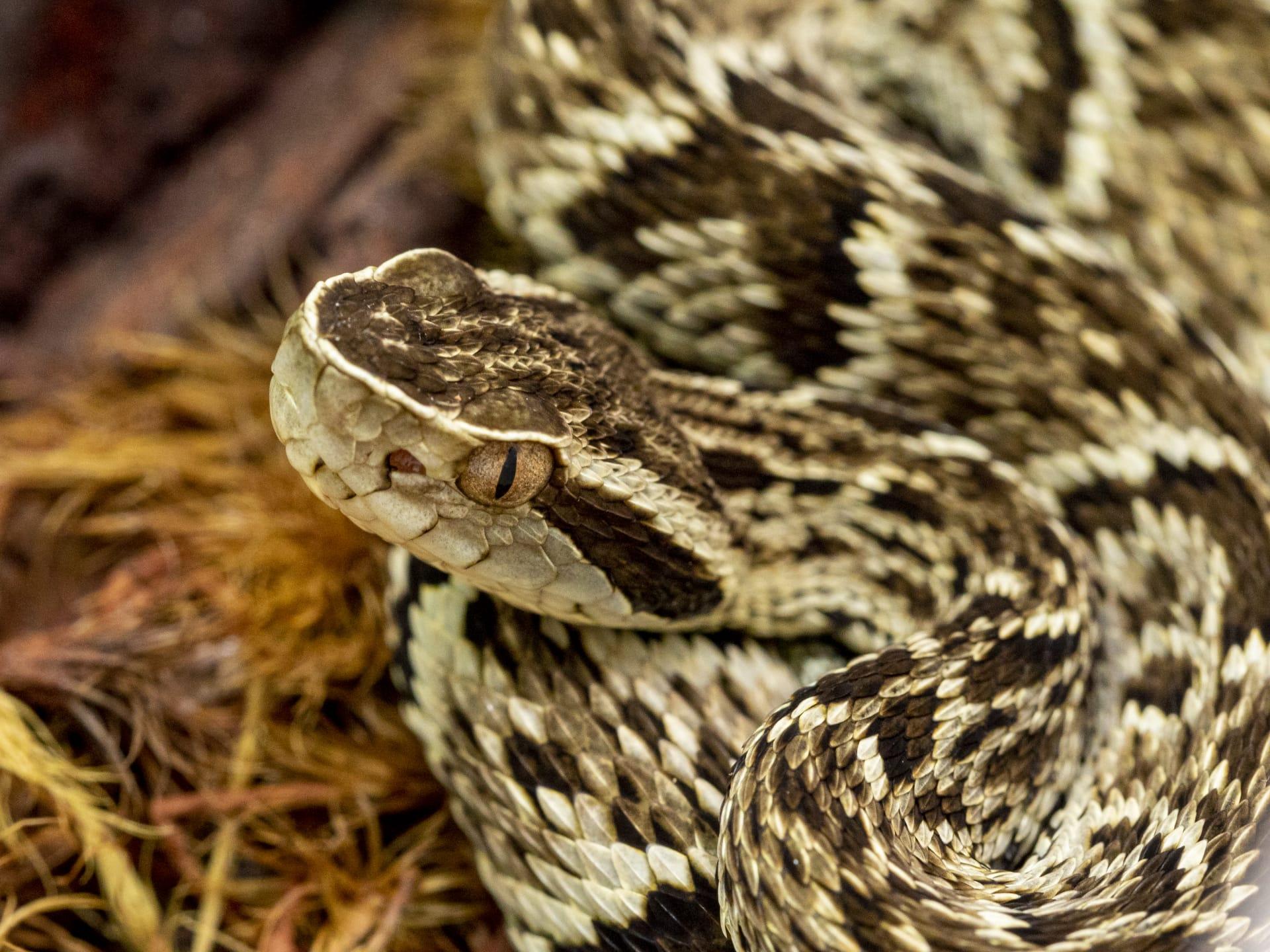Anaconda Snake Characteristics
- Home /
- Mini Encyclopedia /
- Animal /
- Anaconda Snake Characteristics
1
Anacondas, notably the green anaconda, are among the largest snakes in the world. They can reach lengths of up to 30 feet (about 9 meters) and weigh up to 550 pounds (250 kilograms). Their massive size is accompanied by a surprisingly long lifespan, with some living up to 10 years in the wild and up to 30 years in captivity. These snakes exhibit significant sexual dimorphism, meaning females are typically much larger than males.
One of the most remarkable organs of an anaconda is its lung. Unlike many animals, anacondas have a single functional lung, the right lung, which is exceptionally long and well-developed. This adaptation allows them to stay submerged for up to 10 minutes while hunting. Their left lung is rudimentary and non-functional. This unique respiratory system is crucial for their aquatic lifestyle, aiding in oxygen absorption and buoyancy control.

2
Question: What do anacondas eat?
Answer: Anacondas are apex predators with a diet that primarily consists of aquatic and terrestrial vertebrates. They are known for their ability to consume large prey, such as capybaras, caimans, and even jaguars. Young anacondas typically feed on smaller creatures like birds, rodents, and fish. Their hunting strategy involves ambushing prey, coiling around it, and constricting until the prey suffocates. Remarkably, they can swallow their prey whole due to their flexible jaws and robust digestive system.

3
Anacondas are primarily aquatic and exhibit impressive swimming capabilities. They are often found in slow-moving rivers, swamps, and marshes. Their movement on land is comparatively sluggish due to their large size. In water, they can glide stealthily, barely disturbing the surface, which aids in ambushing prey. Their skin, covered in camouflaged scales, provides excellent concealment in murky waters.
When hunting, anacondas rely on their powerful constriction ability. They strike quickly, grasping the prey with their sharp teeth, and then coil around it tightly. The constriction is so powerful that it prevents the prey from breathing, leading to suffocation. This method allows them to take down prey much larger than themselves. They have a slow metabolism, so a large meal can sustain an anaconda for weeks or even months.

4
Anacondas are native to South America, thriving in tropical rainforests, swamps, and marshes. They prefer warm, humid environments and are closely associated with bodies of water. The Amazon and Orinoco basins are prime habitats for these snakes. Their ability to blend into the murky waters and dense vegetation makes them formidable ambush predators in these environments.
Anacondas are ovoviviparous, meaning they give birth to live young. Females can give birth to 20-40 offspring at a time. The mating season is typically during the rainy season when water levels are high. During mating, several males may form a breeding ball around a single female, competing for the chance to mate. After a gestation period of about 6 months, the young are born fully formed and are independent from birth, capable of swimming and hunting on their own.

5
Book: "Anaconda: The Secret Life of the World's Largest Snake" by Jesús Rivas explores the mysterious world of the green anaconda in the Amazon rainforest. Published in the United States in 2012, it provides a comprehensive overview of the anaconda's biology, behavior, and habitat, combined with the author's extensive field research experiences.
Book: "The Giant Snakes: The Natural History of the Boa Constrictor, the Anaconda, and the Largest Pythons" by Clifford Pope, first published in the United States in 1961, offers a detailed examination of the largest snake species, including anacondas. Pope's work is a blend of scientific research and intriguing anecdotes, providing insights into the fascinating world of these giant reptiles.